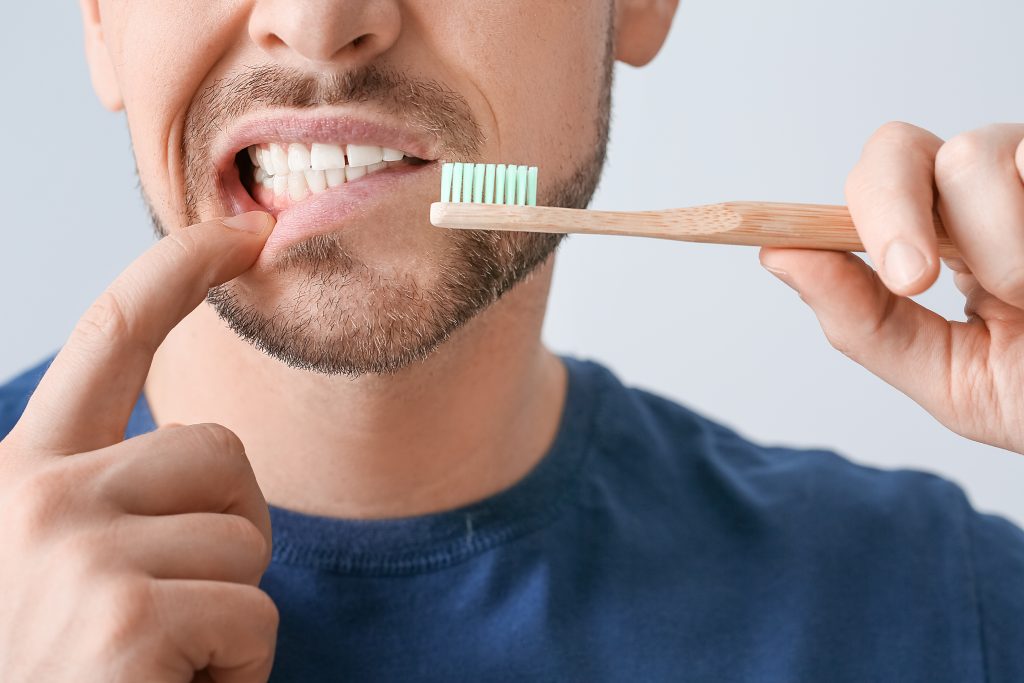We’ve all heard the drill: brush and floss daily to keep your mouth healthy. But the truth is your mouth goes through a lot during each day, talking, smiling, eating and drinking — maybe even kissing. There’s more you should know than just keeping up with basic daily maintenance.
Here are four important things your dentist wants you to be aware of.
Brush And Floss Twice A Day
According to the American Dental Association, teeth should be brushed twice a day with fluoride toothpaste for two minutes each time. Flossing should also be done twice a day. One-third of your teeth’s surfaces are covered by other teeth, so additional tools like tiny brushes, water picks and floss are needed to clean away harmful plaque.

Floss Picks Can Make Life Easier
Some experts find floss pickers easier to work with than long pieces of floss. They might make reaching the back teeth in your mouth trouble-free too since they’re less awkward to use. The best floss picks will have the American Dental Association (ADA) seal of approval.
The downside is that the strip of floss is smaller and used more than once, so bacteria can get redistributed.
If you’re shopping around for a new variety, check out our selection of the best floss picks that’s been vetted by a team of experts.

Brushing Too Hard Has Adverse Effects
It’s a myth that brushing your teeth too hard will make them look whiter. Aggressive brushing wears down your white, glossy enamel, which renders your teeth yellow and darker. It can also cause your gums to recess, which is when the gum tissue that surrounds the teeth wears away or pulls back. This creates gaps between the teeth and gum line, exposing the root and making it easier for bacteria to fester.
The best way is to hold the toothbrush at a 45-degree angle against the gum line and to gently move the brush back and forth in short strokes. To clean the inside surfaces of teeth, the ADA recommends tilting the brush vertically and making several up-and-down strokes.
Toothbrushes don’t last forever. The more matted or frayed they become, the less effective they are. Replace them every three to four months or more often if the bristles start to show signs of wear and tear.

You Might Be Feeding The Gunk That Grows On Teeth
Plaque is a bacteria-filled, sticky film that covers our teeth day in and day out. If you don’t brush or floss your teeth, the plaque hardens and turns into tartar, which can lead to gingivitis. Aside from brushing regularly, avoiding or limiting certain foods can help lessen bacterial growth. Bread, potato chips, sour candy, dried fruit and alcohol can leave sticky starch or sugar behind. The same goes for juice and soda. If you do choose to eat or drink these foods, rinse your mouth with water after, or better yet—brush and floss your teeth.
Follow these tips to help do your part to reduce tooth decay and remember that visiting your dentist twice a year can help prevent and treat oral disease.
This story originally appeared on Don't Waste Your Money. Checkout Don't Waste Your Money for product reviews and other great ideas to save and make money.


